What do immediate implantation, immediate restoration and immediate weight-bearing refer to?
2024-11-30
2025-09-17
In the rapidly evolving field of digital dentistry, intraoral scanners (IOS) have emerged as a cornerstone technology, revolutionizing how dental professionals capture impressions of the oral cavity. Unlike traditional methods that rely on messy alginate or silicone molds, an intraoral scanner is a handheld, wand-like device equipped with advanced optics and sensors to generate precise three-dimensional (3D) digital models of a patient's teeth, gums, and surrounding structures. This non-invasive tool projects structured light or laser patterns onto the intraoral surfaces, capturing thousands of data points per second to create high-resolution STL files for treatment planning, prosthetics, and orthodontics.
[Insert Image: Close-up of a dentist using a handheld intraoral scanner on a patient's mouth, showing the device in action.]
At its core, an IOS functions like a sophisticated camera inside the mouth. The scanner emits a light source—typically blue or white structured light—that reflects off the teeth and soft tissues. High-speed cameras (up to 2,500 frames per second in advanced models) capture these reflections, while proprietary software processes the data into a real-time 3D model displayed on a connected laptop or tablet. Key technologies include:
· Triangulation: Measures distances using projected patterns and camera angles for accurate depth mapping.
· Confocal Microscopy: Uses pinpoint laser focus for sub-micron precision, ideal for detailed crown margins.
· Video-Based Imaging: Captures continuous motion for seamless full-arch scans without powder.
This process eliminates physical impressions, reducing errors from material distortion and improving workflow efficiency. Modern scanners like those from 3Shape or Dentsply Sirona integrate AI for automatic alignment and artifact removal.
[Insert Image: Diagram illustrating the light projection and 3D model generation process in an intraoral scanner.]
Intraoral scanners are versatile tools applied across specialties:
· Restorative Dentistry: Capture precise preps for crowns, bridges, and veneers, ensuring marginal fit within 50 microns.
· Implantology: Scan implant positions with scan bodies for guided surgery and custom abutments.
· Orthodontics: Generate models for aligners like Invisalign, monitoring tooth movement via serial scans.
· Prosthodontics: Design full dentures or overdentures with occlusal analysis tools.
In orthodontics, for instance, IOS facilitate quantitative tooth wear tracking and soft-tissue monitoring, enhancing treatment predictability. Pediatric dentistry benefits from the gag-free process, engaging young patients with interactive 3D visuals.
[Insert Table: Comparison of IOS Applications
|
Specialty |
Key Use Case |
Benefit |
|
Restorative |
Crown/Bridge Design |
Reduced Remakes (up to 30%) |
|
Orthodontics |
Aligner Fabrication |
Faster Scans (<2 min/arch) |
|
Implants |
Guided Surgery Planning |
Sub-mm Accuracy |
|
Prosthodontics |
Denture Fitting |
Real-Time Adjustments |
Switching to IOS offers tangible gains:
· Patient Comfort: No gagging or taste issues; scans take 1-5 minutes vs. 10+ for molds.
· Accuracy: Trueness as low as 20-50 microns, surpassing conventional methods by 20-30%.
· Efficiency: Instant file sharing with labs cuts turnaround from days to hours; integrates with CAD/CAM for same-day restorations.
· Sustainability: Zero waste from disposable trays and materials.
Studies confirm 91% patient preference for digital over analog due to reduced discomfort.
While transformative, IOS aren't flawless. Challenges include:
· Learning Curve: Novices may take 15-20 minutes initially, dropping to 5-10 with practice.
· Cost: Entry-level units start at $10,000-$20,000, plus software subscriptions.
· Environmental Factors: Saliva or blood can distort scans; bleeding margins require retraction.
For long-span bridges (>5 units), hybrid approaches (IOS + conventional) may still be needed.
[Insert Image: Before-and-after comparison of a traditional mold vs. a clean 3D IOS model.]
As of 2025, IOS adoption exceeds 50% in U.S. practices, driven by AI enhancements for automated segmentation and cloud integration. Emerging trends include wireless models and AR overlays for real-time guidance. For practices eyeing digital transition, starting with a mid-range scanner like Medit i700 offers robust ROI.
Embracing IOS isn't just about tech—it's about elevating patient outcomes and practice efficiency. Consult your supplier for demos to experience the difference firsthand.

Dry & wet milling for zirconia, PMMA, wax with auto tool changer.
learn more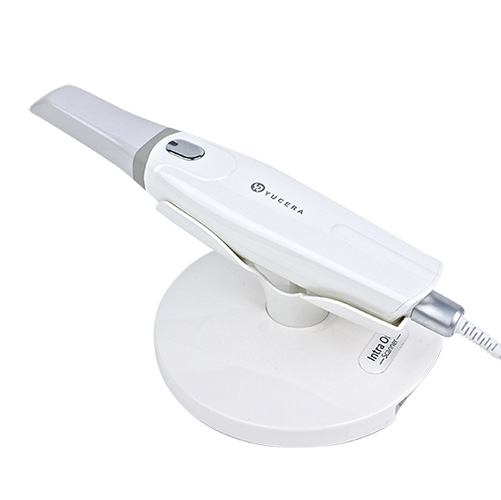
High-precision 3D scanning, AI calibration, full-arch accuracy.
learn more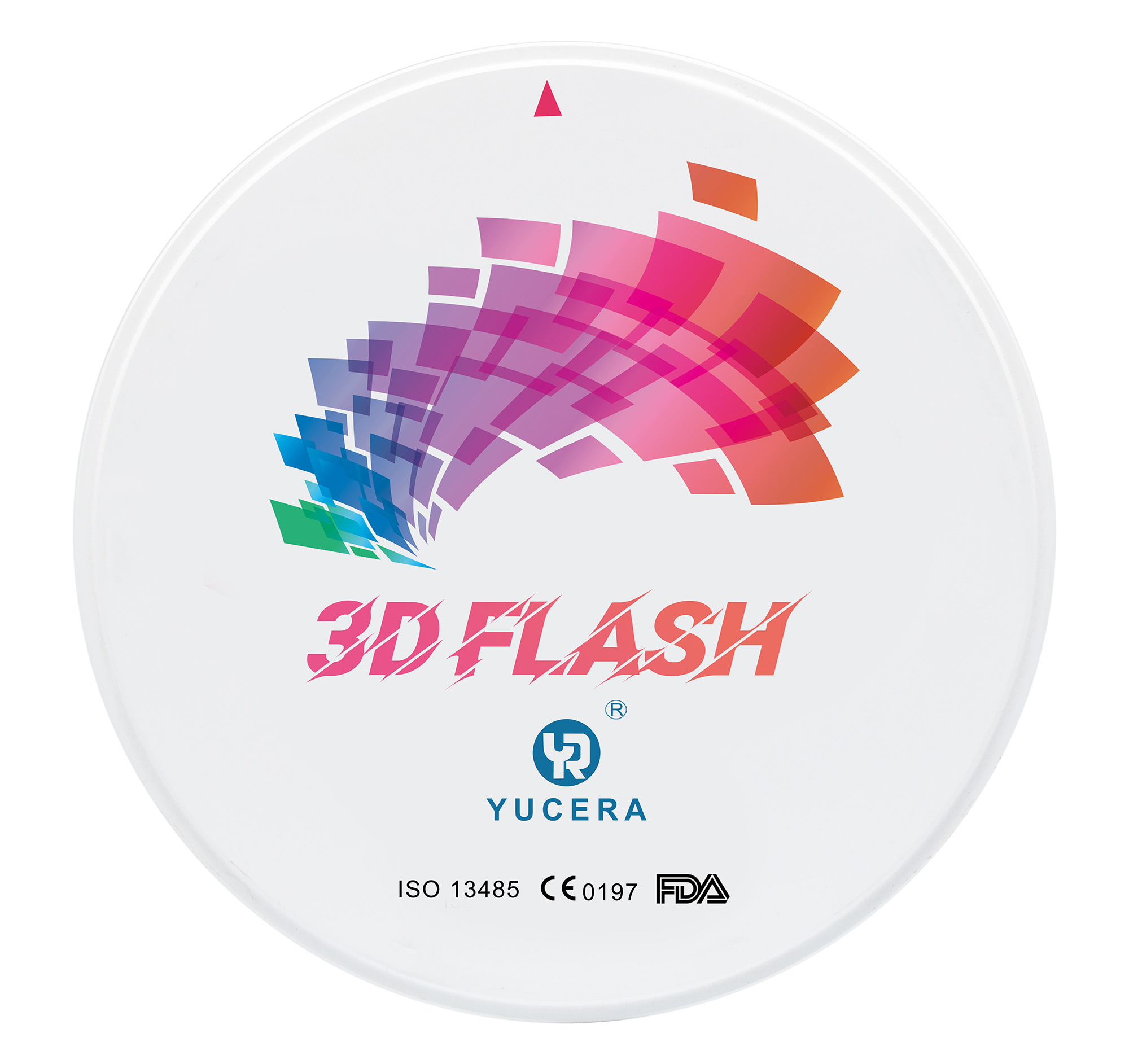
40-min full sintering with 57% incisal translucency and 1050 MPa strength.
learn more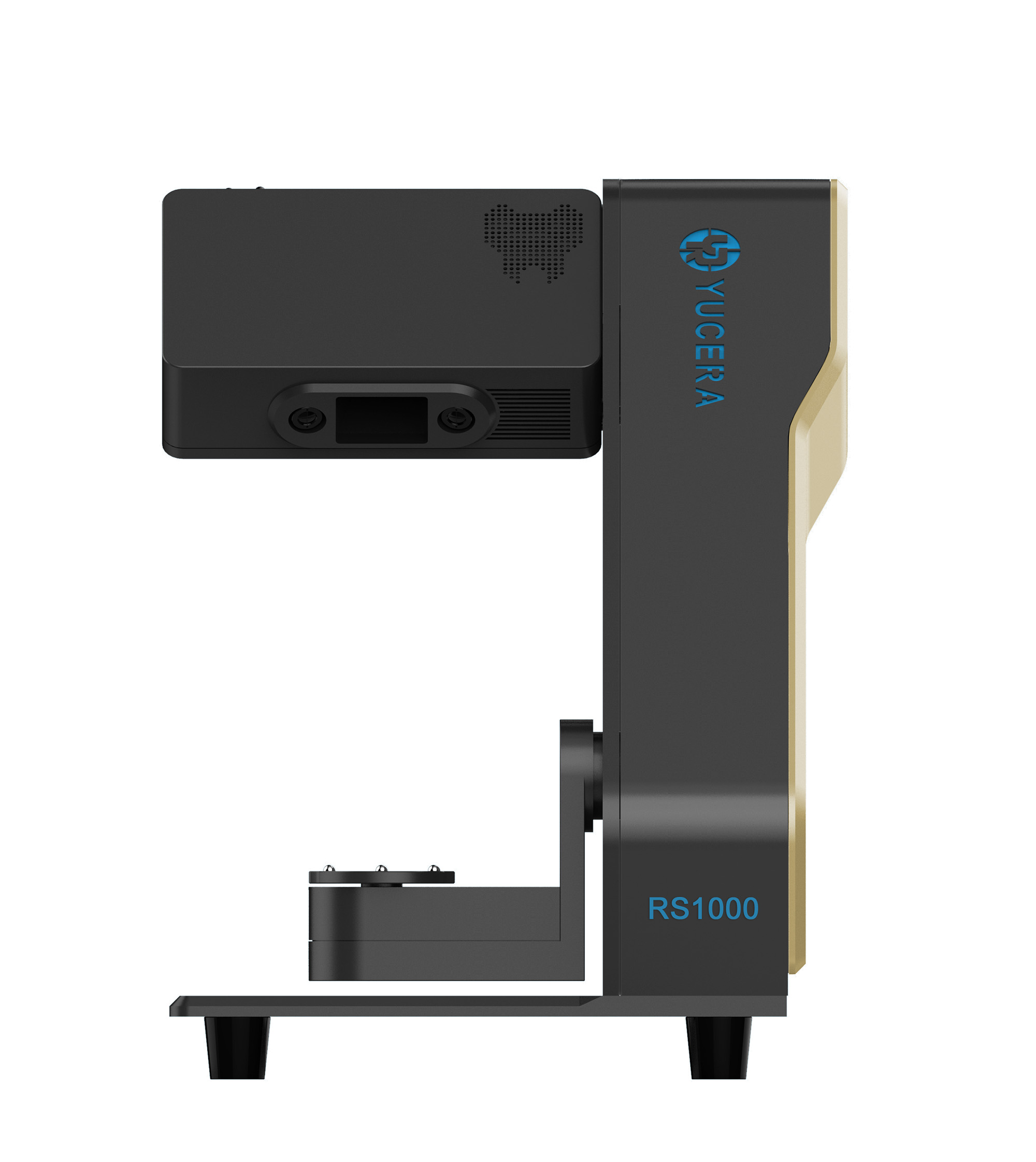
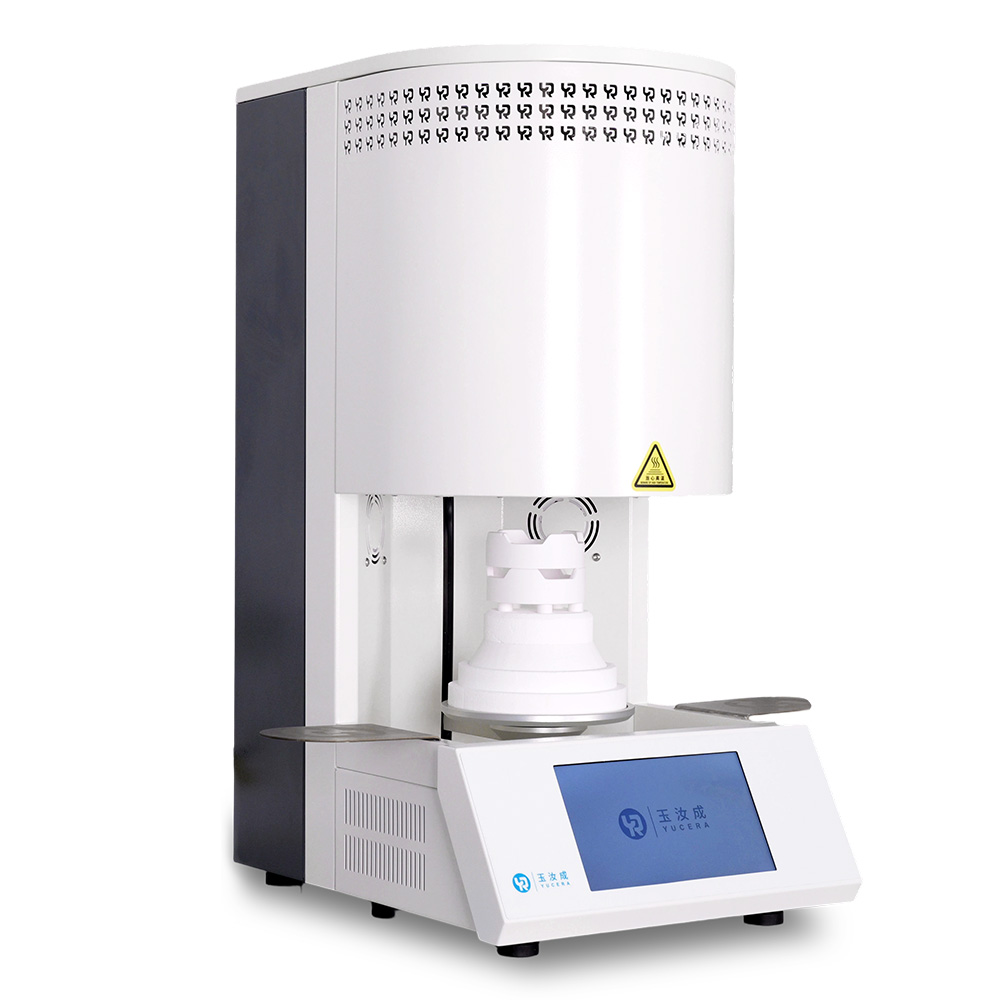
40-min cycle for 60 crowns, dual-layer crucible and 200°C/min heating.
learn more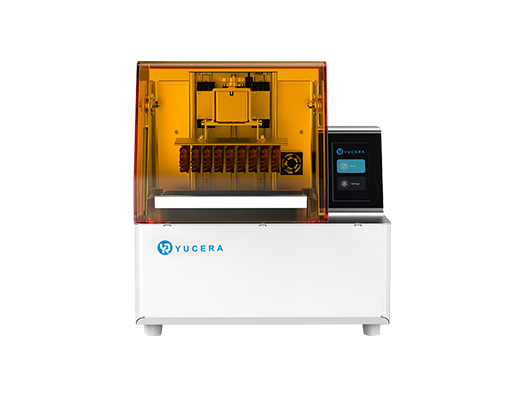
High-speed LCD printer for guides, temporaries, models with 8K resolution.
learn more